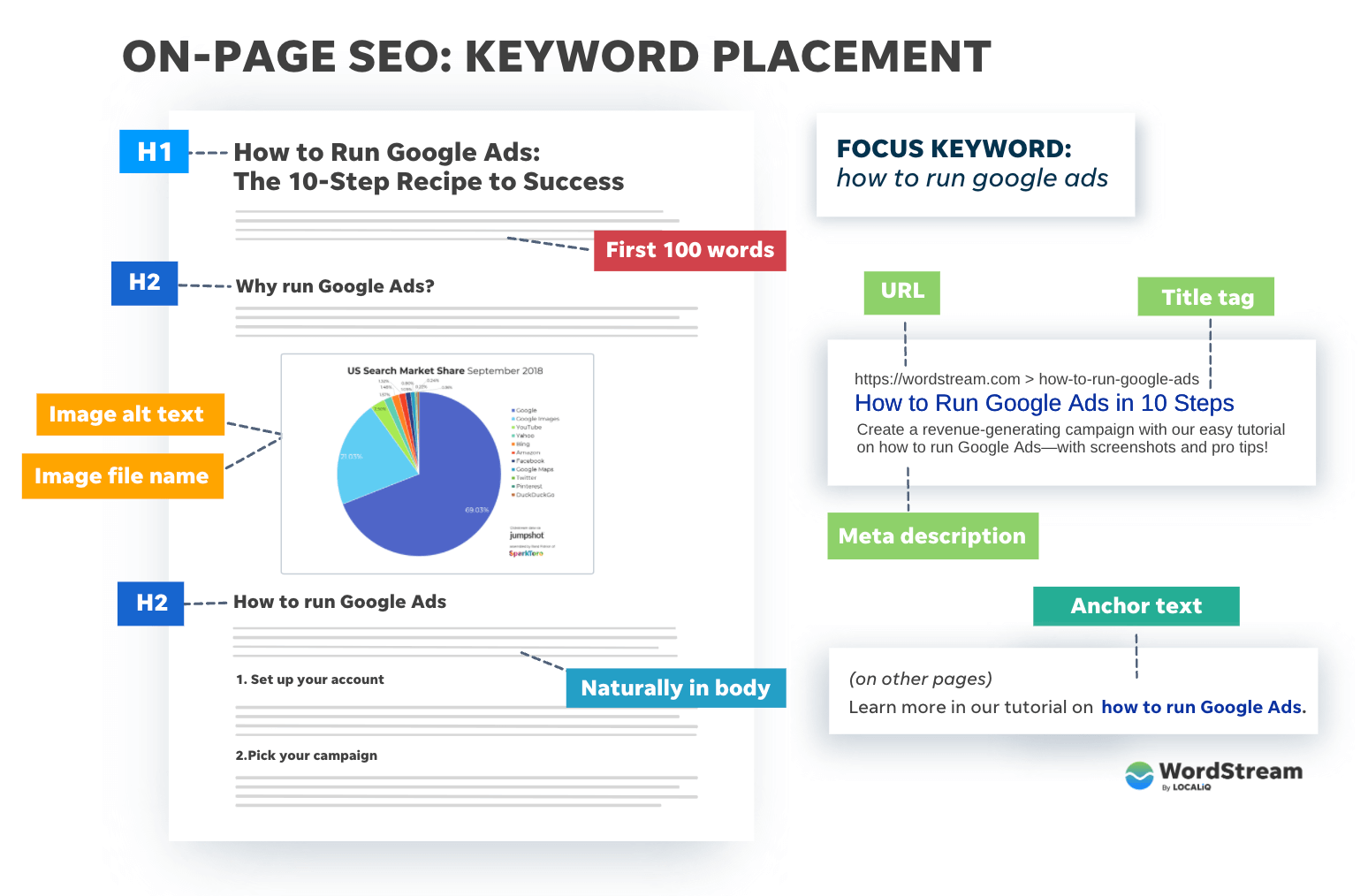Debunking Secondary Dimensions in Google Analytics: Definition and Practical Applications
Debunking Secondary Dimensions in Google Analytics: Definition and Practical Applications
Blog Article
Leveraging Second Dimension in Google Analytics to Strengthen Comprehending of Customer Actions and Involvement
In the world of electronic analytics, the capacity to glean purposeful insights from data is paramount for educated decision-making - what is a secondary dimension in google analytics. Making Use Of Google Analytics' second measurements supplies a nuanced technique to understanding user behavior and engagement beyond surface-level metrics. By exploring individual communications with extra contextual data, a more detailed sight of online activities emerges, clarifying patterns and patterns that might or else go unnoticed. This much deeper study user habits not only fine-tunes advertising approaches but additionally holds the vital to enhancing web site efficiency and boosting total user experience.
Comprehending User Habits With Secondary Dimensions
By layering second dimensions onto primary measurements such as website traffic resources or landing pages, marketing professionals can discover important understandings into user habits patterns. By assessing bounce prices in conjunction with secondary dimensions like gadget classification or area, organizations can recognize specific sections of customers that may be experiencing concerns with web site usability or web content significance.
Moreover, additional measurements can assist marketing experts recognize connections in between various information points, causing the discovery of surprise patterns or patterns in individual actions (what is a secondary dimension in google analytics). By segmenting information making use of additional dimensions such as demographics or behavior, services can tailor their advertising approaches to better meet the needs and preferences of details user teams. On the whole, leveraging secondary measurements in Google Analytics enhances the deepness of evaluation and enables more educated decision-making based on a thorough understanding of user behavior
Assessing Interaction Metrics Properly
Building on the insights obtained from using additional dimensions in Google Analytics to understand individual actions patterns, properly evaluating interaction metrics is important for optimizing advertising and marketing methods and enhancing customer experience. Involvement metrics supply useful information on exactly how individuals connect with a web site or app, suggesting the degree of passion and involvement they have with the content. By diving into metrics such as bounce price, ordinary session duration, pages per session, and conversion rates, online marketers can examine the effectiveness of their electronic initiatives and make data-driven decisions to drive involvement. Recognizing which pages or features bring in and maintain customers, in addition to determining possible factors of rubbing in the user journey, enables companies to tailor their methods for enhanced engagement and conversion. In addition, analyzing interaction metrics over time enables the tracking of trends and the analysis of the effect of optimizations or changes made to the digital residential properties. Fundamentally, a deep dive into involvement metrics empowers marketing experts to improve their strategy, enhance user contentment, and inevitably drive organization growth.

Uncovering Insights for Advertising And Marketing Approaches
To effectively improve advertising techniques, discovering beneficial insights from information analysis is paramount for informed decision-making and tactical preparation. By delving into Google Analytics data with additional measurements, marketing experts can extract important details that can substantially impact their advertising and marketing strategies. One vital understanding that can be uncovered is the efficiency of different advertising networks in driving website traffic and conversions. By evaluating which networks are bringing in the most involved customers or generating the highest conversion rates, marketers can allocate their resources better to take full advantage of ROI.
Additionally, uncovering insights on individual actions patterns, such as the most prominent landing web pages or the normal user flow with the internet site, can provide valuable guidance for optimizing website web content and user experience. Understanding how customers interact with the internet site can help marketers tailor their messaging and calls-to-action extra properly, eventually causing improved engagement and conversion rates. In significance, leveraging secondary dimensions in Google Analytics can provide a wide range of actionable understandings that can drive even more effective and informed marketing approaches.
Optimizing Website Performance Through Information
Enhancing website efficiency via data-driven optimization approaches is a crucial element of maintaining a competitive online visibility and conference individual assumptions. By leveraging information from tools like Google Analytics, site owners can identify areas of improvement to boost individual experience and drive far better results.
In addition, data can reveal which web content reverberates most with customers, notifying material strategy decisions Extra resources to improve engagement. Comprehending customer behavior patterns, such as navigation courses and communications, can lead the optimization of website format and conversion funnels. Data-driven A/B screening can help identify one of the most efficient style and content variations to take full advantage of conversions.
Enhancing Individual Interactions and Outcomes

Via the evaluation of second measurements such as demographics, actions flow, or traffic resources, web site proprietors can acquire a detailed understanding of their target market. what is a secondary dimension in google analytics. This understanding enables the execution of personalized techniques to cater to different individual segments, leading to boosted interaction and conversion rates

Conclusion
In verdict, leveraging additional measurements in Google Analytics gives a deeper understanding of individual actions and engagement. By evaluating information effectively, revealing insights, optimizing website performance, and boosting user communications, services can make educated decisions to improve their advertising and marketing strategies and general results. Using this device allows for a detailed sight of customer tasks, causing extra targeted and effective digital advertising and marketing projects.
Building on the understandings gained from making use of second measurements in Google Analytics to recognize individual habits patterns, properly evaluating engagement metrics is critical for enhancing advertising approaches and boosting user experience.In addition, discovering insights on customer actions patterns, such as the most preferred touchdown web pages or the common user circulation with the website, can give valuable advice for maximizing site material and individual experience. By concentrating on boosting customer communications, site owners can considerably enhance engagement, conversion read the article rates, and general user fulfillment. These measurements provide deeper understandings into customer behavior, choices, and activities on the website, enabling an extra targeted strategy to enhancing individual experience.
By optimizing these touchpoints, web site owners can streamline the customer experience, resulting in improved results and greater levels of user satisfaction.
Report this page